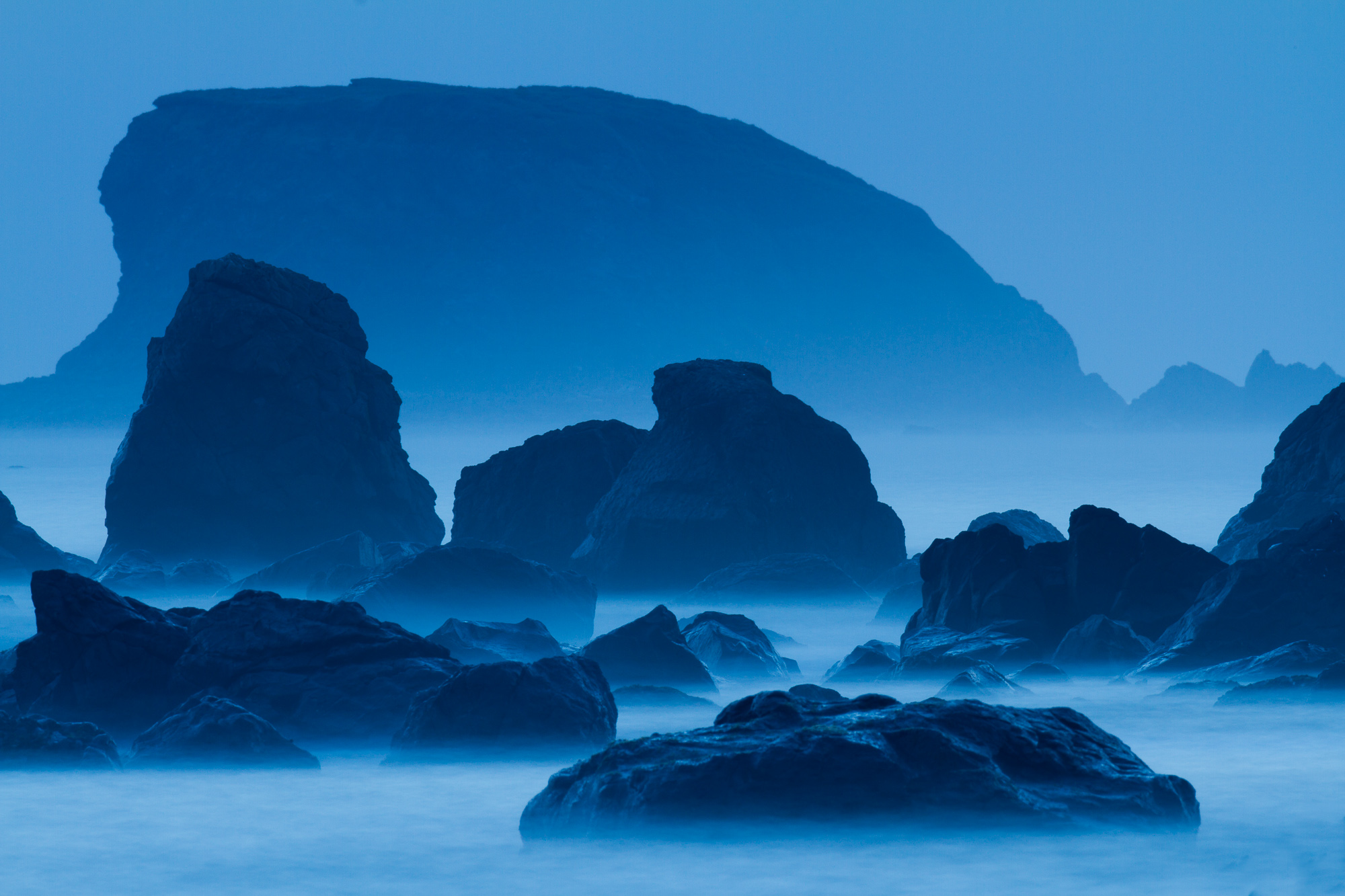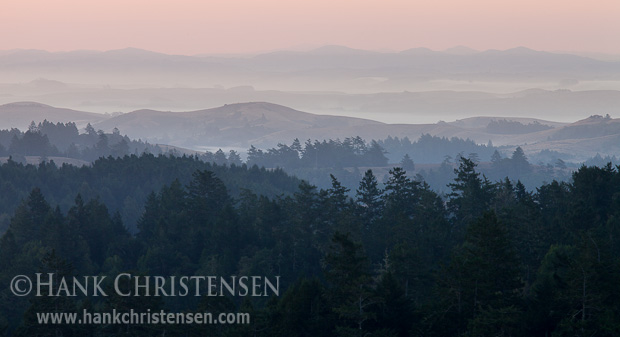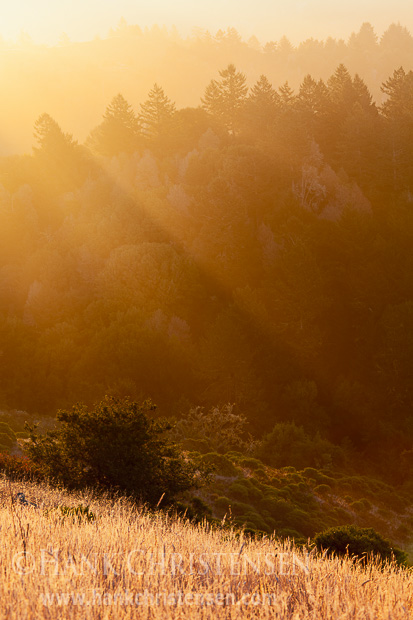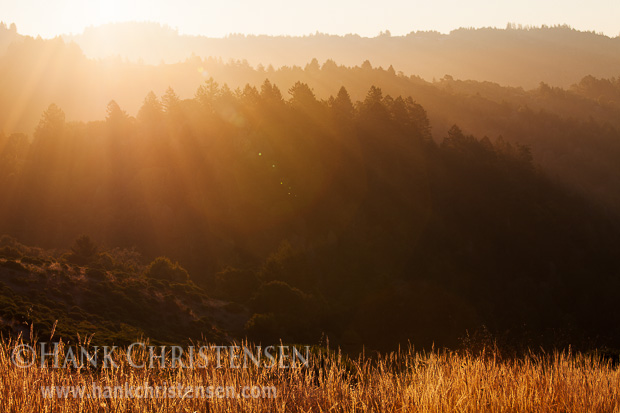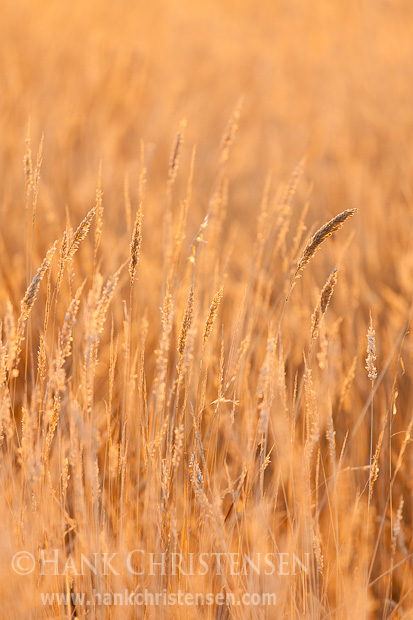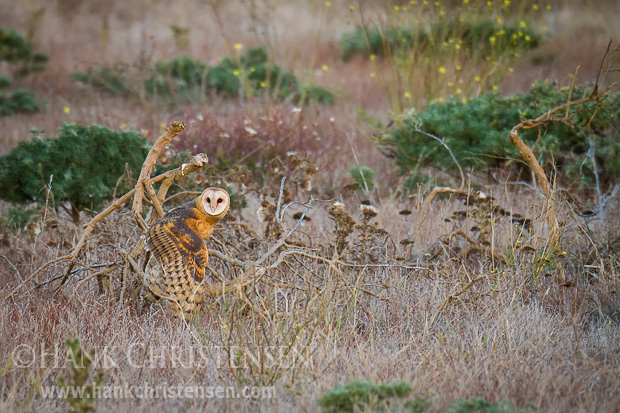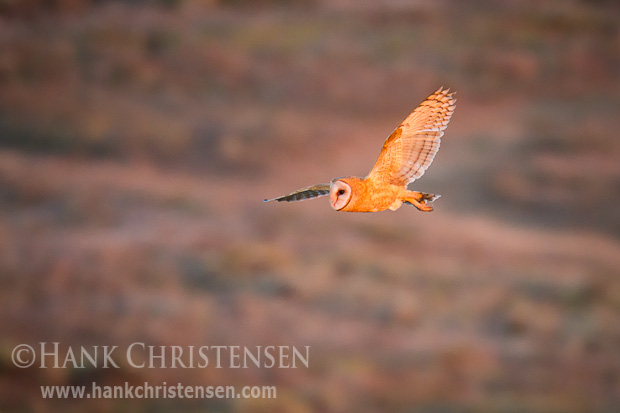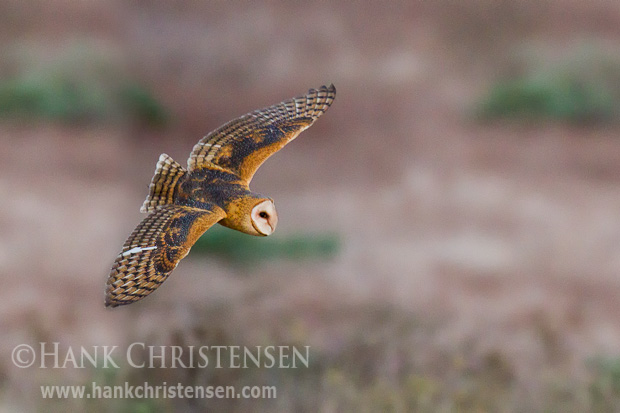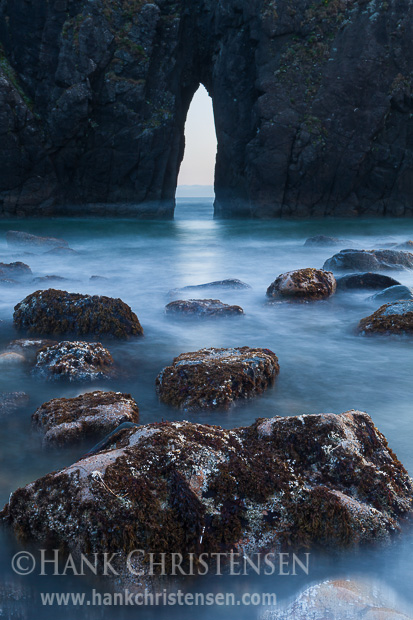
On my recent trip up the California coast to the redwoods, I had an opportunity to pop up into Oregon to visit Harris State Beach, home of a very interesting sea arch. The arch is carved into a rock wall just offshore, with plenty of interesting boulders along the beach, giving enterprising photographers many options for compositions. As the sun was setting, I settled for a more centered approach to my composition, centering the arch directly above a centered rock. Usually I avoid such centering, choosing instead to lead the viewer’s eye out of one of the lower corners, but in this case I think it works. Simple, yet strong.
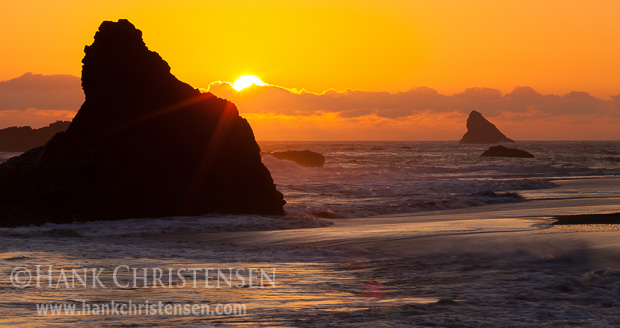
After settling on a composition I was happy with, I had a few minutes to run north in order to catch the sun as it set behind a large sea stack. In order to get into a position where the sun would set behind the rock, I scrambled up onto another rock and perched precariously at the top, while trying to give my tripod enough room. Let’s just say that I was relieved when I got the shot and could climb back down, by body and camera gear still in tact.
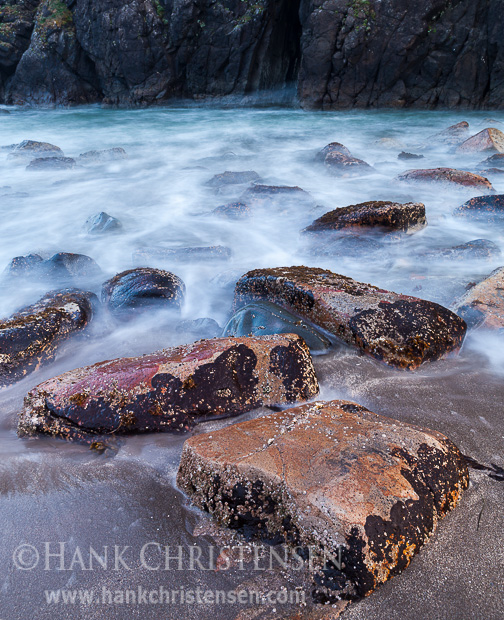
After the sun dropped below the horizon, I went back to the sea arch and really explored the foreground rocks. I fell in love with these ones, but from their vantage point, you could not see all the way through the arch. In this case, I chose to crop the top of the photo, as the rock wall really wasn’t that interesting and instead focus the photo on the foreground rocks themselves. The low light allowed for a slow shutter speed, turning the rushing waves into a calm mist.
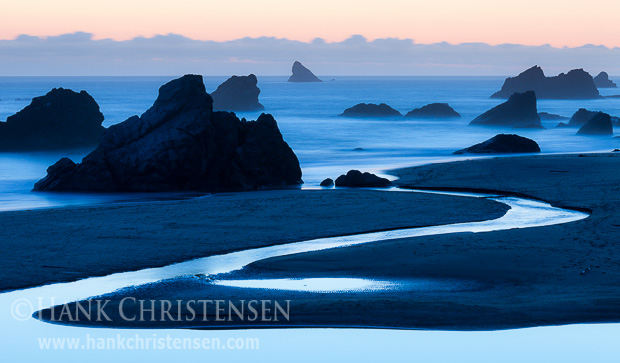
The parking area at Harris Beach offers commanding views down onto the beach below, and just before I left, I spent some time with the very last of the sunset light. Here there was a nice stream forming an s-curve into the photo. Overall I found this a pretty photogenic beach, and I know I’ll be back in the future, especially to shoot that arch in different types of light.

